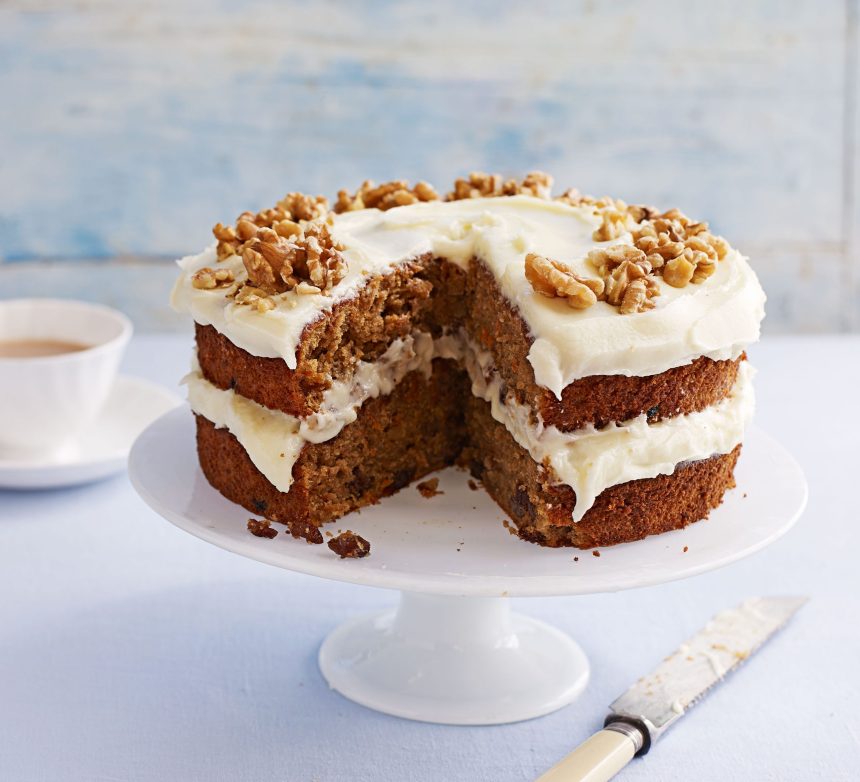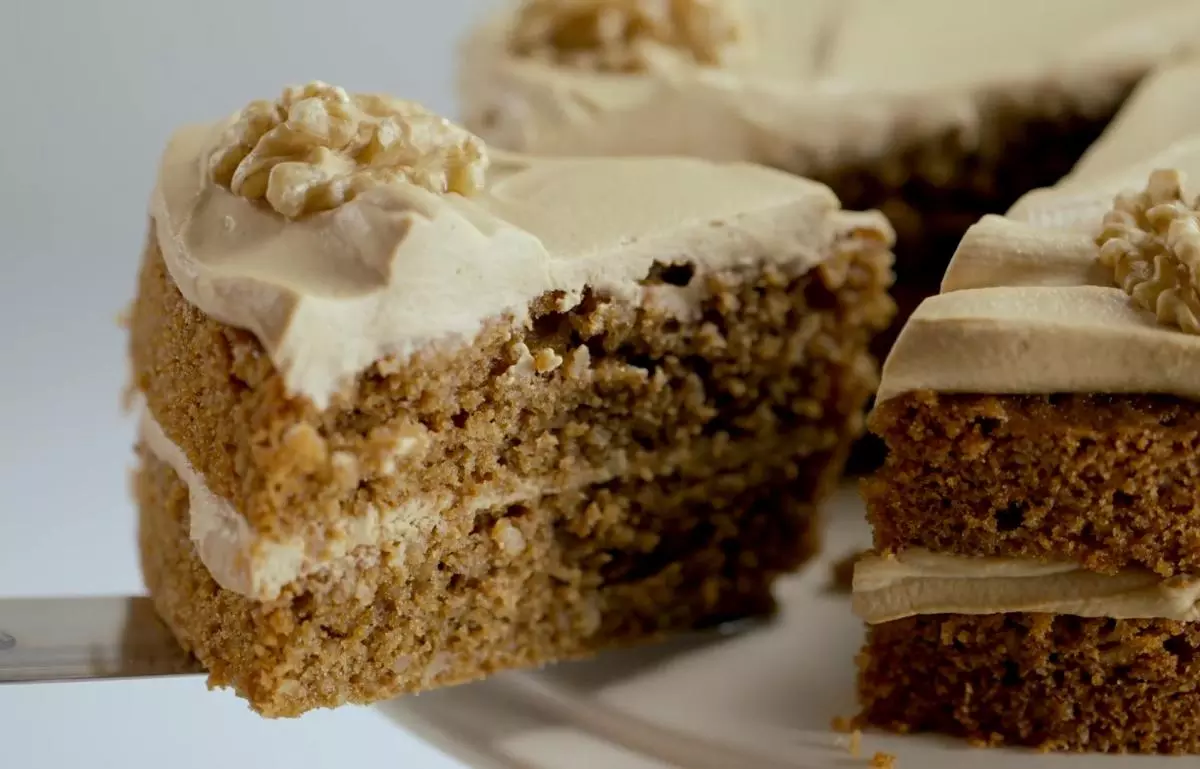With video tutorials and step-by-step instructions. Learn my top 9 Easy Baking Tips and why each one is critical to the success of your next baking adventure.
My goal is to help you become a better and more confident baker with every baking recipe I publish, not to change the definition and bring MODE back into the kitchen. Dirty mixing bowls and all!
I made mistakes: As a cookbook writer a baker at home and a food blogger, I made a thousand mistakes in the kitchen and learned a lot along the way.
Always have the right quality of butter
Butter is the starting point for many baked goods. So prepare butter according to recipe instructions. Three different forms of butter commonly used in pastry recipes are melted, melted (or melted in scones), and melted.
Most recipes that call for butter call for room temperature/soft butter. Room temperature butter is actually cool to the touch, not hot. Your finger will swell when you press it. No more dipping your fingers in butter or sliding your fingers. To conform to the right temperature, place the butter on the counter about an hour before starting the cooking process. I like to use room-temperature butter in my favorite treats, like peanut butter cookies and slippers.
Melted butter is butter that has been thoroughly chilled in the refrigerator or freezer so that it does not melt when melted. This allows you to create uneven pockets in recipes for pie cups, scones, biscuits, and more.
The melted butter should be liquid and warm. Unless otherwise stated, If the melted butter is too hot, Egg may burn in the batter. I love using melted butter in homemade brownies and crispy chocolate chip cookies.
Room temperature is important
when it comes to temperature, If your recipe calls for eggs or dairy products at room temperature, such as milk or yogurt. Don’t forget to do that. At room temperature, It is easy for the mixture to homogenize in the dough. It gives a consistent texture to baked goods. Think cold cheese. It is impossible to whip cold butter cream as smooth as is needed for some recipes. Bringing the dough back to room temperature will increase the volume of the dough.
I feel silly typing this. But I can’t tell you how many times I’ve experienced a culinary disaster. Because I didn’t know there was a move coming. Helps you understand how, why, where and when. This process takes 1–5 minutes and can help you save ingredients (and money) from failed recipes.
Always prepare ingredients
Weigh the ingredients before you start a recipe. Count the ingredients and store them on the table. Starting a recipe this way requires a few mistakes. I didn’t run or move during the cooking phase.
Avoid switching components. Remember, baking is a chemistry. Follow the recipe first and then make adjustments to your liking if you feel confident.
Learn to measure
This is actually one of the top baking tips on this page. As you know, baking is a science. Making good bread requires consistency. Proven methodology and well-tested formulas, You can’t cook anything by mixing different ingredients. Stir, mash and eat, unlike cooking. (Most of the time you can’t!)
One of the most important tips is to measure your ingredients correctly.
- Problems often arise when measurements are inaccurate. Understanding measurement techniques is essential.
- Measure dry ingredients with a measuring cup or ruler. Because it’s specially designed for dry goods. Flatten the dry ingredients with a spoon. (also known as, This means that a spoon must be used to fill and level the cup. This is especially significant for dough. Powdered flour, Any recipe that calls for 1 cup (0.24 l) of flour and more than 2 cups (0.47 l) of bread is guaranteed to would fail in. And the pastries were very dry!
- Use a clean water meter for liquids.
Color your content
A small kitchen scale is priceless! It is a tool used in my kitchen. Gram or ounce becomes gram or ounce. But a glass is not always a glass. That’s why I eat my food and again, accuracy is everything. 14 Baking Tools I Own Best Baking Tools List and Baker’s Gift Page There’s also an oven rack. It works great!
Buy a kitchen thermometer
I use the heater so much that sometimes the fan stops working and yes the actual heater temperature may be higher or lower than what the controller indicates. I’ve worked with 6 different ovens (all with different names) over the last 10 years, and each oven has aged well over time.
No, kitchen is not good at this!
Use the kitchen light. Place in the center of the oven. Some are attached to the furniture or placed directly under the stove. Although it is cheap, it cannot be bought in a baker’s kitchen. Keep it on the stove, so you know the exact temperature.
- Unless you have a new oven or run it all the time. Your oven may be faulty. If I set the oven to 350F, the interior won’t reach 350F and may go up a little -10 degrees – or even -100 degrees! Do you know how delicious cookies, cinnamon sticks and bread are? It may not seem like it, but baking is a big deal.
- An incorrect temperature can damage the bread. Spending time on recipes, spending money on ingredients, makes you hungry for dessert.
- If you’re using a convection oven, it’s also better to lower the oven temperature by 25 degrees Fahrenheit (ca. -4 °C) than shorten the baking time. Your eyes are the most beautiful when cooking.
I saved a loaf of last week’s unbaked bread by using my oven’s toaster oven!
Close your kitchen door
Now you know how oven heat can ruin a recipe. But what can turn the oven off completely is opening and closing the oven door to peek inside. I know I love to bake! It is desirable to leave the oven open to watch the cake cook. Cookies and baking cups will evaporate. But doing so can allow cold air to enter. It should not be overcooked and/or overcooked.
Put the cookie dough in the fridge
Refrigerating the cookie dough makes it firmer. This reduces the chance of the powder spreading too much. Freezing cookie dough doesn’t just make cookies that are crispy and hard. And to add flavor, this soft cookie dough is easy to whip up and prepare like a delicious chocolate brownie. Add butter and caramel flavor. If refrigerated, let the cookie dough rest at room temperature for 10 minutes (or more if needed, depending on how long it’s been refrigerated) before taking it out. Sometimes cookie dough is hard to roll/handle when it cools.
- Skip this step if this recipe calls for frozen cookie dough
- If your cookie dough recipe is too thick, let it cool before baking.

This is my cookie trick
Best baking tips and everything about cookies add cookies to bread to soften other cookies, have you ever heard of it? If you put your cookies in biscuit tins or trays, always put the bread in there as well. The cookies will absorb all the moisture from the cake. Makes hard bread and soft biscuits. And it’s good every day!











